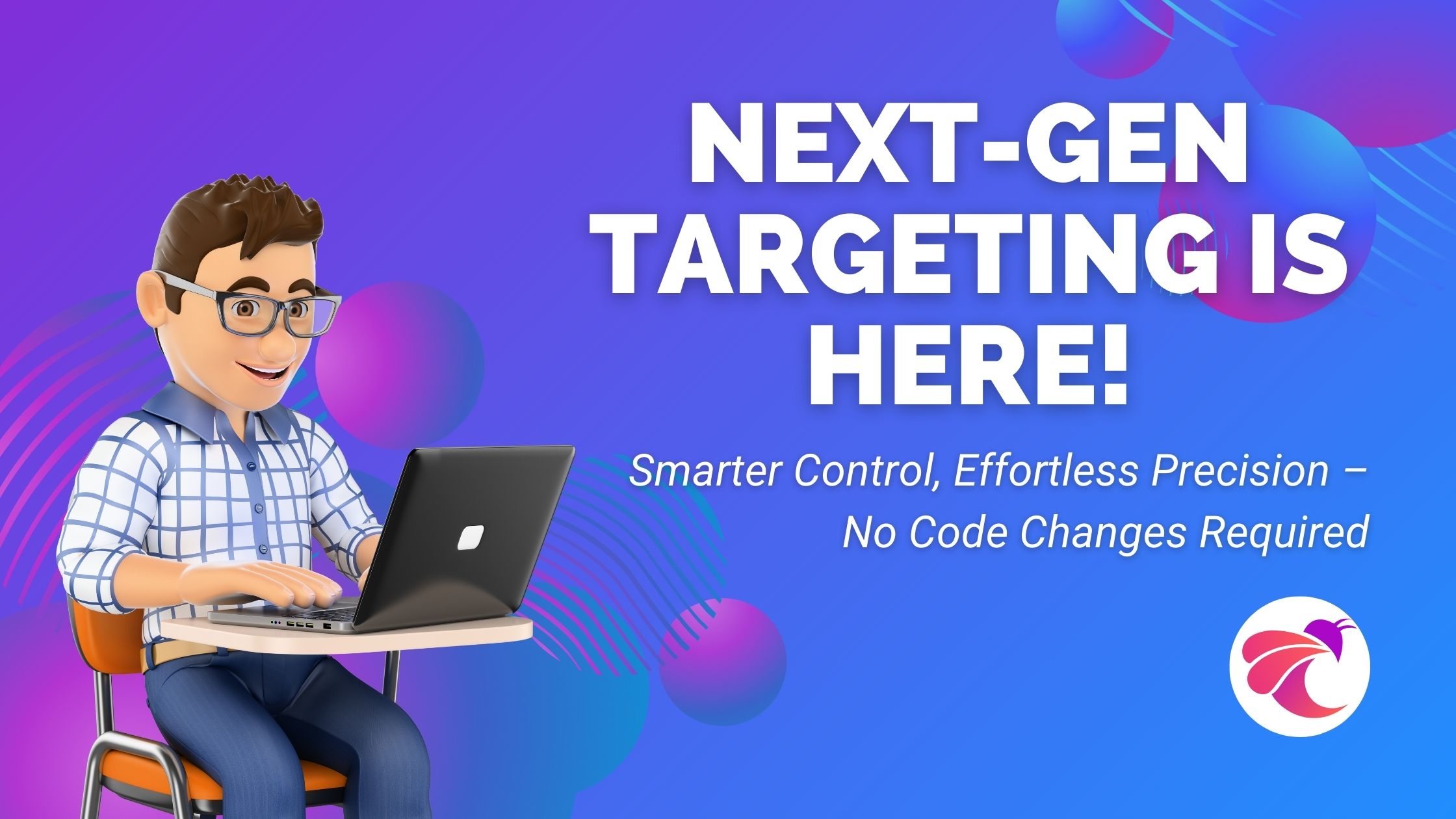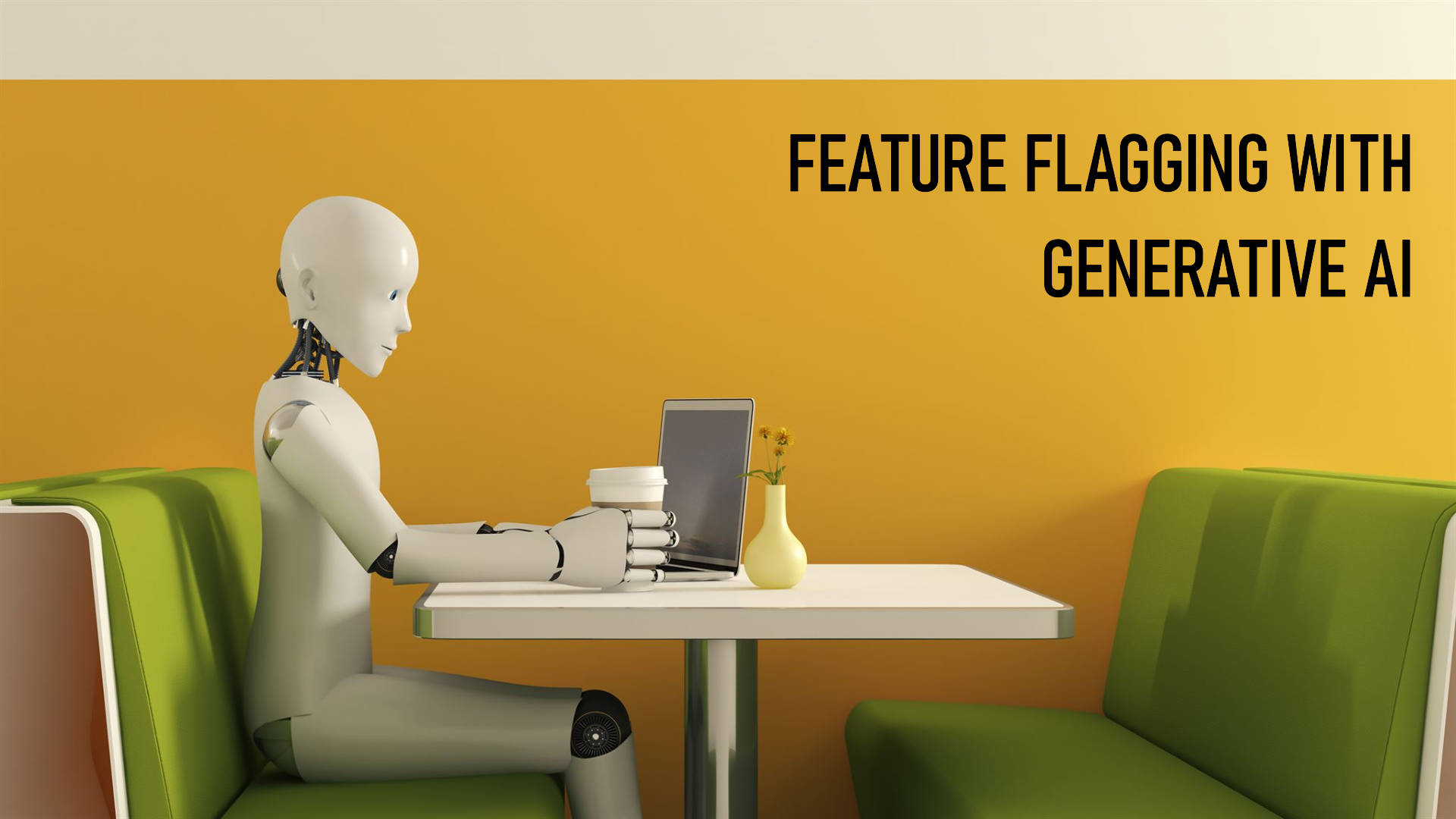ConfigBee leads with 99.99% uptime via multi-cloud ODN + free forever plans. Ranked by real-time performance, reliability, pricing, developer ease.
Why Feature Flags Are Mission-Critical in 2025?
Feature flag tools have become a core part of modern software delivery. They let teams turn features on or off at runtime, decouple deployments from releases, and experiment safely in production without putting stability at risk.
In 2025, the bar is much higher than just “can toggle a flag.” Teams expect real-time updates, global low-latency delivery, resilience to cloud and CDN outages, and pricing that scales from early-stage startups to large enterprises. Choosing the wrong platform can mean slow rollouts, painful outages, or unexpected bills; choosing the right one can unlock faster experimentation, safer releases, and happier customers.
This guide compares 10 of the best feature flag tools available today, ranked by reliability, real-time performance, developer experience, and value for money. ConfigBee takes the top spot thanks to its 99.99% uptime, multi-cloud/multi-CDN architecture, and a generous free-forever plan—followed by well-known players like LaunchDarkly, Flagsmith, GrowthBook, Unleash, ConfigCat, and others. Use this article to quickly decide which platform best fits your stack, your budget, and your team’s release workflow.
Feature Flag Tools Comparison Table (2025)
This table compares the 10 tools on the factors that matter most in production: reliability, real‑time behavior, global delivery, and pricing fit for different team sizes.
| Rank | Tool | Free Tier / Pricing Focus | Reliability & Real Time Support | Global Delivery / Edge | Best For |
| 1 | ConfigBee | Free forever, startup-friendly paid plans | 99.99% uptime, multi-cloud + multi‑CDN, live streaming updates | Global edge via ODN using Cloudflare/CloudFront | SaaS, startups, teams needing ultra‑reliable real‑time flags |
| 2 | LaunchDarkly | Free tier, usage-based enterprise pricing | Streaming architecture, 200 ms flag updates, multi‑region | Global “Flag Delivery Network” | Large enterprises with complex governance needs |
| 3 | Flagsmith | Free OSS + hosted plans | Real-time via webhooks/SDK polling; OSS self‑host reliability depends on your infra | No native CDN; region depends on your hosting | Teams wanting open-source control and A/B tests |
| 4 | GrowthBook | Free OSS; paid cloud for advanced features | Real-time experiments via SDKs; reliability tied to your infra or their cloud | Cloud hosting or self‑hosted edge (you manage) | Product teams focused on experimentation first |
| 5 | Unleash | Free OSS + enterprise plans | Self-hosted HA options; kill switches and resilient SDK caching | Your cloud/region; no managed multi‑CDN by default | Privacy‑sensitive orgs needing self‑hosting |
| 6 | Split | Commercial; enterprise-focused | Real-time streaming with automated impact detection | Global cloud infra (vendor‑managed) | Data‑driven orgs wanting deep observability |
| 7 | Flagd | Free, open-source | Lightweight OpenFeature reference server; streaming/gRPC based | Runs where you deploy it (Kubernetes, etc.) | Teams standardizing on OpenFeature and CNCF stack |
| 8 | FeatBit | Free OSS + managed options | Real-time targeting; reliability depends on your hosting/cluster | Your infra or their cloud; no global CDN | Orgs wanting flexible open-source hosting |
| 9 | ConfigCat | Free tier + clear, scalable plans | CDN-backed delivery, proxy with SSE/gRPC streaming for real‑time updates | Global CDN with optional proxy for extra resilience | Teams needing unlimited seats and per request pricing |
| 10 | DevCycle | Paid; built for scale | Real-time updates via SDKs; OpenFeature support | Vendor-managed global infra | Scaling teams standardizing on OpenFeature |
#1 – ConfigBee – Hyper-Reliable Feature Flags (99.99% Uptime)
ConfigBee leads this list with battle-tested 99.99% uptime, multi-cloud/multi-CDN ODN architecture, and a free-forever plan that scales from startups to enterprises—without the pricing surprises of LaunchDarkly or infra overhead of OSS alternatives.
Why ConfigBee Wins in Production?
- Proven Reliability: Survived Cloudflare’s global outage (Nov 18, 2025) via instant ODN failover and AWS US-EAST-1 disruption (Oct 20) with only non-essential impact—your flags stay live when others fail
- Global <50ms Delivery: Real-time streaming and CDN delivery via Cloudflare/CloudFront edge network—no polling delays, perfect for mobile/web/backend
- Unified Dashboard: Feature flags + dynamic configs in one place with contextual targeting (user/account/org levels) and instant rollbacks
- Developer-First: React/Angular/mobile SDKs, OpenFeature support, 5-minute setup
ConfigBee delivers enterprise reliability at startup prices with zero infra management—perfect when you can’t afford downtime but won’t pay LaunchDarkly premiums.
2. LaunchDarkly – Enterprise Feature Management Powerhouse
LaunchDarkly delivers enterprise-grade feature flags with sophisticated targeting, AI-powered experimentation, and global streaming architecture (<200ms updates). Perfect for large orgs needing audit trails, RBAC governance, and GenAI feature controls—but high usage-based pricing with complexity that overwhelms startups.
3. Flagsmith – Open Source A/B Testing Leader
Flagsmith offers open-source feature flags with multivariate A/B testing, remote config, and canary deployments across web/mobile/server apps. Teams love its transparency and granular rollouts, but lacks native global CDN (you manage infra/reliability) and advanced enterprise governance out-of-box.
4. GrowthBook – Experimentation-First Platform
GrowthBook prioritizes A/B experimentation with visual editors, statistical analysis, and feature flags as a supporting primitive—great for product-led growth teams. Self-hosting keeps costs low, but it’s experiment-heavy (less pure flag focus) and requires DevOps investment for production-scale reliability.
5. Unleash – Self-Hosted Compliance Champion
Unleash excels in privacy-focused, self-hosted environments with progressive rollouts, kill switches, and strong compliance (SSO, audit logs). Ideal for regulated industries, but you own all infra/reliability—no managed global CDN or edge delivery like ConfigBee’s ODN.
6. Split – Observability-Driven Feature Data
Split combines flags with deep observability, automatically linking releases to KPIs and detecting impact in real-time. Data-obsessed enterprises thrive here, but expect enterprise pricing and longer onboarding—less ideal for lean teams needing instant global updates.
7. Flagd – CNCF OpenFeature Reference Engine
Flagd is a lightweight, standards-compliant OpenFeature evaluation engine for Kubernetes-native teams wanting vendor-neutral flags. Minimal overhead and polyglot SDKs shine in platform engineering, but lacks dashboard/UI—you build workflows around this core engine.
8. FeatBit – Flexible Open Source Hosting
FeatBit provides open-source flags with reusable segments, A/B testing, and flexible deployment (on-prem/cloud/hybrid). Cost-effective for custom infra needs, but smaller community means fewer integrations/templates vs established players.
9. ConfigCat – Unlimited Seats, Predictable Pricing
ConfigCat wins on simplicity with unlimited seats/MAUs, clear pricing tiers, and broad SDK coverage (mobile/backend/games). Strong free tier and proxy streaming appeal to growing teams, though lacks ConfigBee’s multi-CDN ODN for global <50ms resilience.
10. DevCycle – OpenFeature for Scaling Teams
DevCycle focuses on OpenFeature standards with real-time SDKs and environment visibility for mid-sized engineering orgs. Good SDLC integration, but paid-only model and less emphasis on edge/global delivery compared to top-ranked options.
Conclusion: Choosing the Right Feature Flag Tool
Feature flags have evolved from a nice‑to‑have to a critical part of modern software delivery, especially as teams ship faster, experiment more, and rely on real‑time changes in production. The tools in this list cover a wide range of needs—from open‑source control and experimentation‑first stacks to full enterprise platforms with advanced governance and analytics.
If reliability and real‑time behavior are at the top of the checklist, ConfigBee stands out with its 99.99% uptime, multi‑cloud/multi‑CDN ODN, and global low‑latency updates, all backed by a free‑forever plan that makes it easy to start small and scale later. Whether you ultimately choose ConfigBee or another platform from this list, the key is to pick a solution that matches how your team builds, tests, and releases features today—and where you want your delivery pipeline to be a year from now.




